Abdominal muscle separation, also known as diastasis recti, is a common condition affecting many women during and after pregnancy. It occurs when the rectus abdominis muscles (the “six-pack” muscles) separate due to the stretching of the linea alba, the connective tissue that runs down the midline of the abdomen. This separation can lead to core weakness, back pain, pelvic floor dysfunction, and a lingering post-pregnancy belly. Fortunately, physiotherapy offers several effective strategies to address abdominal muscle separation and promote healing. In this blog post, we’ll explore five key ways physiotherapy can help.
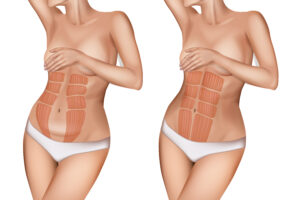
1. Assessment and Individualized Treatment Plan
Every case of abdominal muscle separation is unique. A physiotherapist begins by thoroughly assessing the extent of the separation, your core strength, posture, breathing patterns, and any associated symptoms like back pain or pelvic floor weakness. This comprehensive evaluation forms the basis for a personalized treatment plan that addresses your specific needs.
An individualized plan ensures exercises are done safely and progressively, avoiding activities that may worsen the condition. Your physiotherapist will guide you through a tailored program that supports gradual healing and functional improvement.

2. Core Reconnection and Deep Abdominal Activation
One of the most critical components of physiotherapy for abdominal muscle separation is reconnecting with your deep core muscles. This includes the transverse abdominis (your deepest abdominal layer) and the pelvic floor muscles. These muscles work together to stabilize your spine and pelvis. Reformer Pilates is a great way to target this muscle. All our Physiotherapists are trained in Reformer Pilates and we use this as a core part of the treatment for patients with back pain and related issues like abdominal muscle separation and pelvic floor weakness.

A physiotherapist will teach you how to properly engage these muscles using techniques such as:
- Gentle breathing exercises to retrain your core to activate with your breath.
- Pelvic floor contractions (Kegels) coordinated with deep abdominal engagement.
- Transverse abdominis activation through movements like heel slides, leg lifts, and modified planks.
This foundational work creates a stable base for more advanced exercises later in your recovery.
3. Progressive Strengthening Exercises
Once your deep core engagement improves, physiotherapy introduces progressive strengthening exercises to restore overall core stability and function. These exercises focus on:
- Glute strength, which supports pelvic alignment.
- Obliques and lower abdominals, trained in a controlled and safe manner.
- Functional movement patterns, such as squats and lunges, with a focus on core control.

This can be achieved with Reformer Pilates in an excellent way. The key is slow, deliberate progression. Your physiotherapist ensures that exercises challenge your muscles without placing excessive pressure on the linea alba, which could worsen the separation.
4. Postural and Movement Retraining
Poor posture and movement habits can contribute to abdominal muscle separation or prevent healing. Many new mothers develop compensatory patterns—like arching the lower back or pushing the belly outward—due to weakened core muscles and the demands of caring for a baby.
Physiotherapy addresses these issues by:
- Teaching optimal alignment for standing, sitting, lifting, and baby care.
- Using cues and feedback to retrain daily movement patterns.
- Encouraging body awareness to reduce unnecessary strain on the abdominal wall.
Correcting posture and movement helps distribute pressure more evenly across the core and promotes healing.
5. Education and Lifestyle Guidance
Healing abdominal muscle separation requires more than just exercises. Your physiotherapist plays a vital role in educating you about:
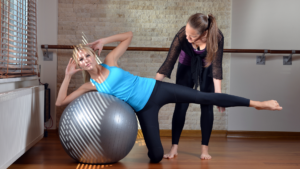
- Safe return to exercise, including which movements to avoid and when and how to progress.
- Breath mechanics, especially learning how to coordinate your breath with core activation.
- Ergonomics, such as feeding positions, lifting techniques, and sleep setups.
- Supportive garments, like abdominal binders, if appropriate for your recovery.
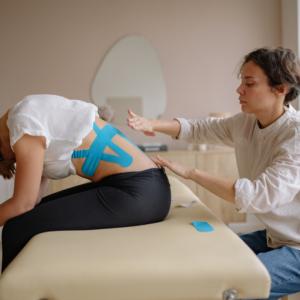
This holistic approach empowers you to take charge of your recovery and make informed choices throughout your postpartum journey.
Final Thoughts
Abdominal muscle separation can feel frustrating and disheartening, especially when it affects your strength, comfort, and confidence. But with expert guidance, patience, and a structured physiotherapy program, healing is entirely possible.
Physiotherapy provides a safe, effective, and personalized path to recovery by focusing on assessment, deep core activation, strengthening, movement retraining, and education. If you’re experiencing signs of abdominal muscle separation, don’t wait. Reach out to a physiotherapist who specializes in postpartum recovery.
Your body has done something incredible—now it’s time to rebuild, restore, and reclaim your strength.
Interested in learning more? Book an assessment with our physiotherapy clinic and start your journey toward a stronger core today.


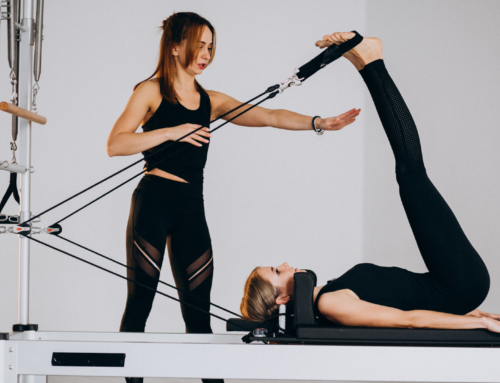
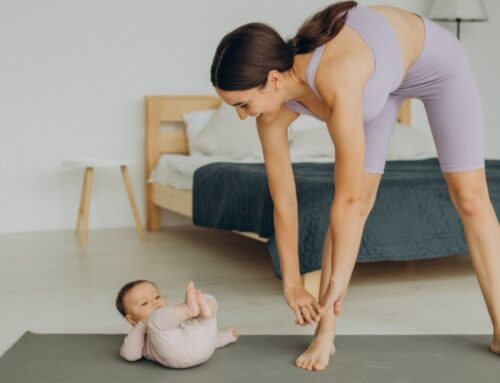

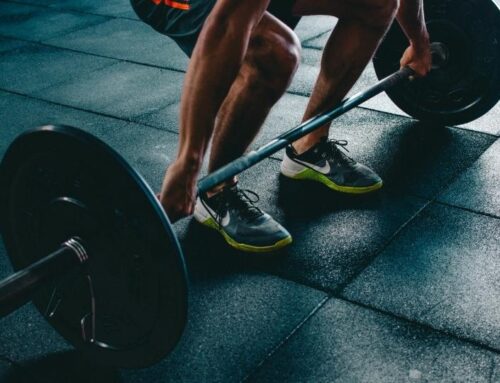

Leave A Comment